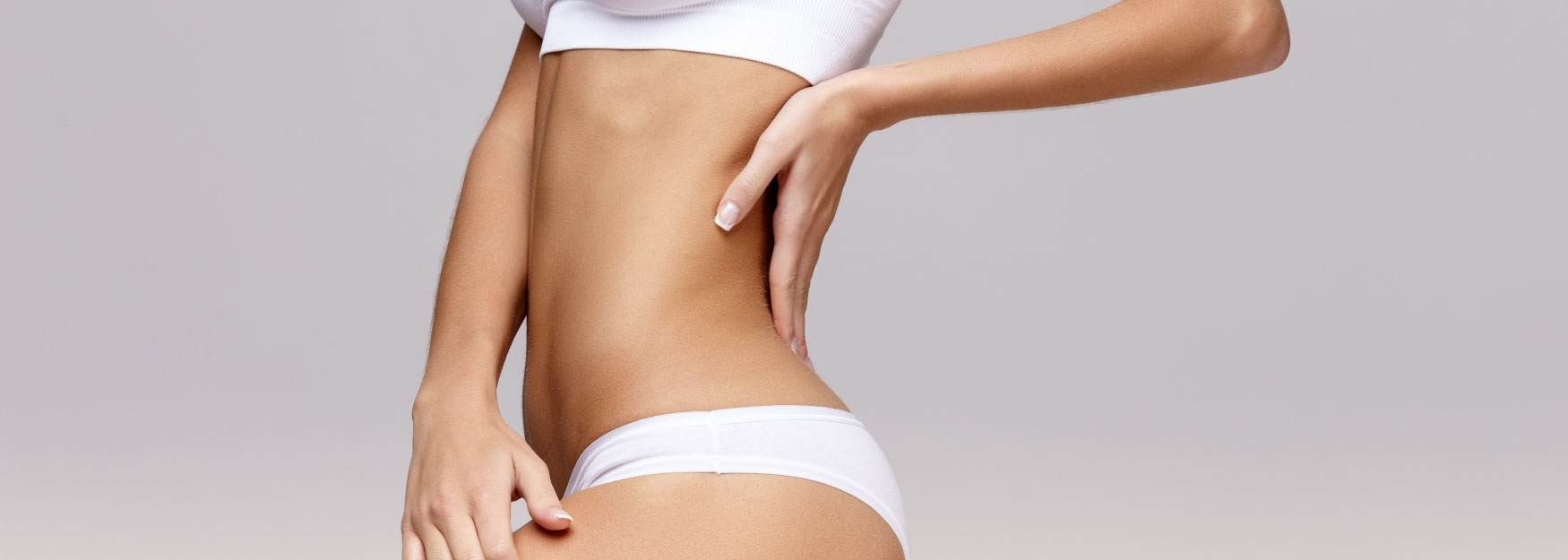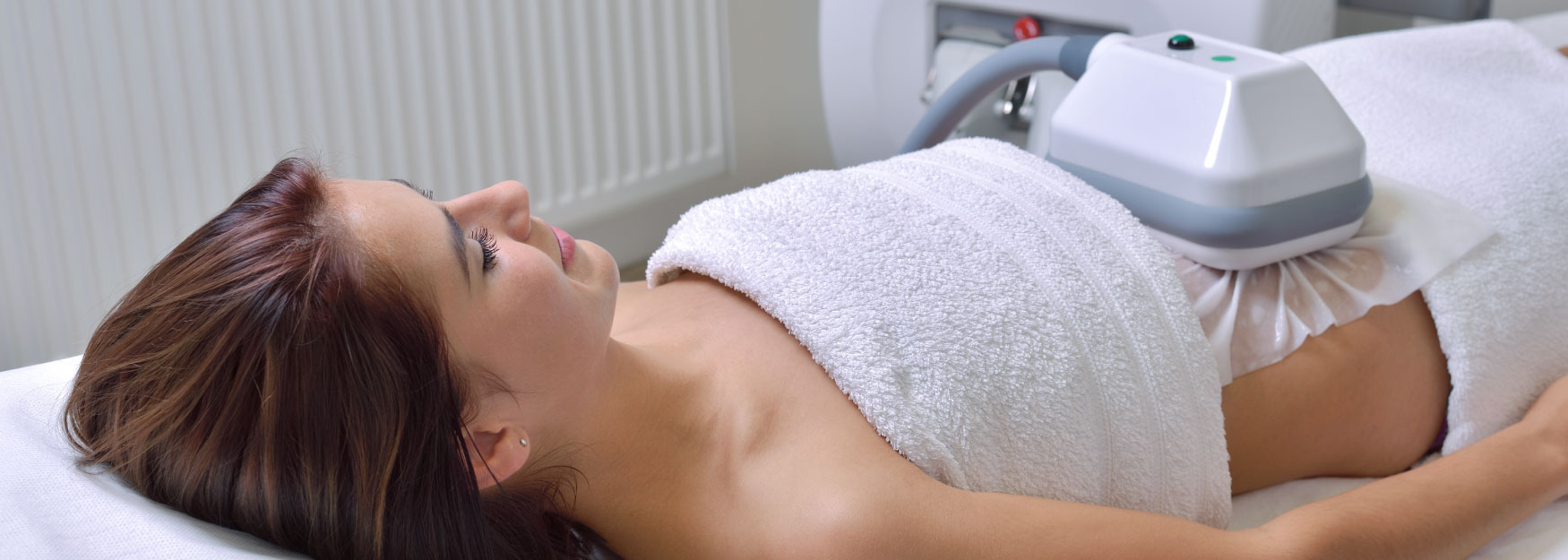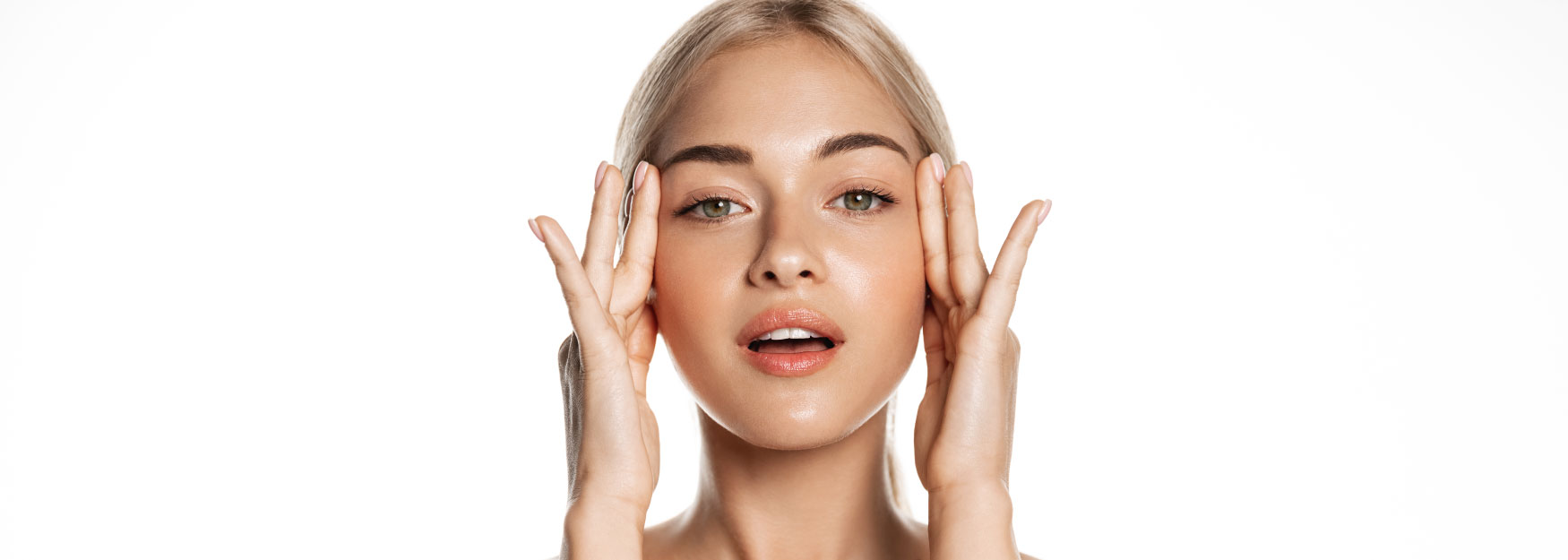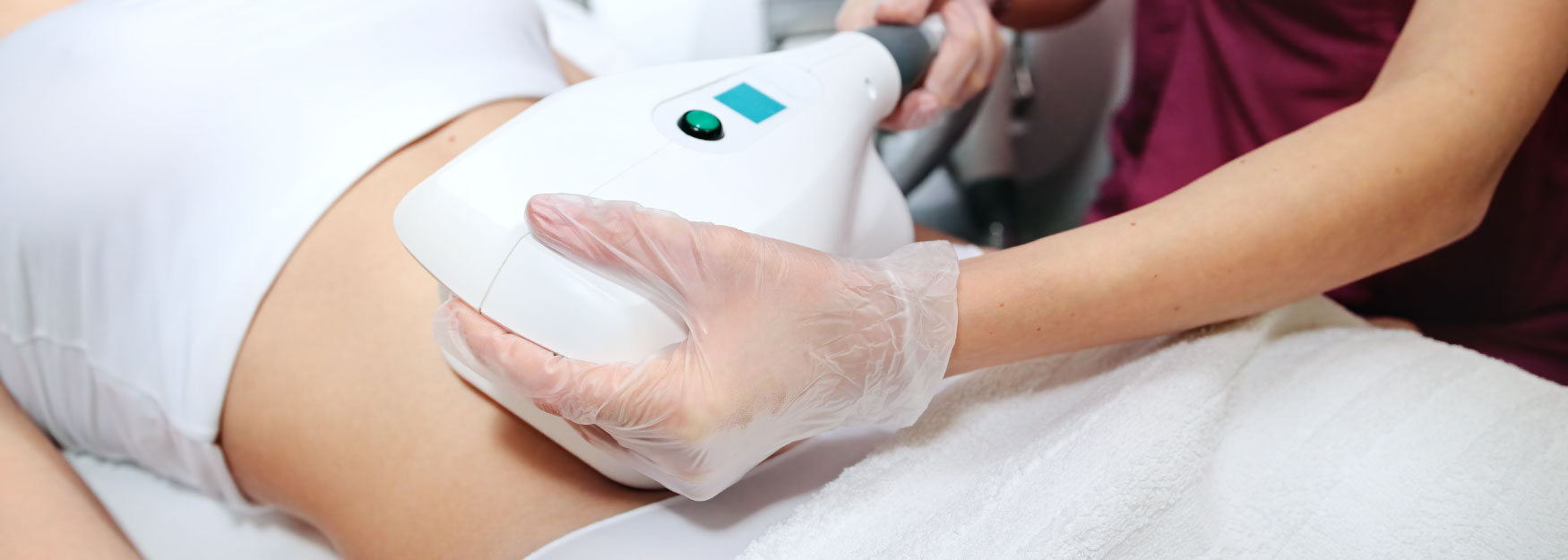
BHRC BLOG
How Safe Is Coolsculpting? Your Questions, Answered By The Experts
CoolScuplting bears a few risks. Patients may report short-term discomfort, redness, and numbness. More serious adverse effects may include prolonged or severe pain and Paradoxical Adipose Hyperplasia (PAH). Find out the signs, treatment, and how to avoid these risks
Is Coolsculpting® Safe?
Demand for non-surgical fat removal is at an all-time high. Allergan’s CoolSculpting procedure is one of the most popular, with a reported 4 million-plus procedures performed worldwide. And for good reason. The procedure is FDA-approved, backed by hundreds of clinical and scientific studies, and studied in over 5,500 clinical trial patients. The procedure remains one of the safest, most effective fat removal options in the cosmetic industry.
But what are potential Coolsculpting dangers? Is it risk-free? Are there any potential complications and adverse side effects?
CoolSculpting Side Effects: What’s Common, What’s Normal?
The cryolipolysis CoolSculpting procedure uses an applicator device that relies on a kind of suction cup to pull the skin and fat in the target areas. The applicator then freezes these areas to temperatures of about 4 degrees Celsius.
Obviously, the skin and tissue around the target areas will face some negative effects. Most patients report some redness, tenderness, numbing, tingling, and bruising.
Potential complications include scarring, severe or prolonged pain, abrupt changes to skin and fat layers, Paradoxical Adipose Hyperplasia (PAH), and skin ulcerations.
Most of these side effects are temporary and go away within a day after treatment. The scariest of these risks is PAH, which causes a gradual enlargement of the treated body area. It’s not life-threatening but scary in that it totally negates the reason for having Cryolipolysis in the first place.
The condition appears as a reaction to the freezing. When the applicator comes into contact with fat cells, instead of damaging and killing the target fat cells it stimulates a process that thickens and expands them. This makes it nearly impossible for the body to break down and eliminate the fat from the body.
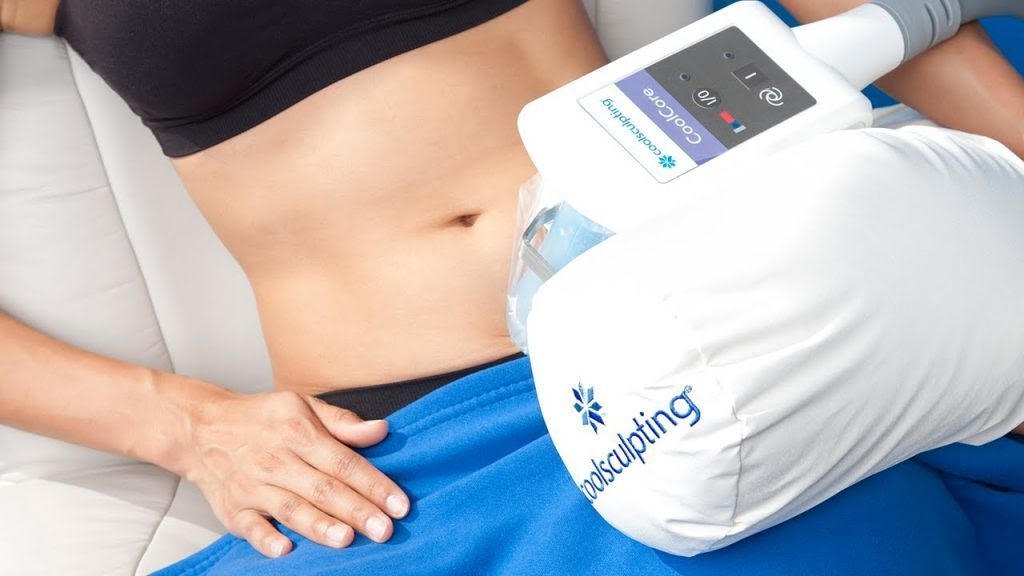
How Can You Reduce Risks
CoolSculpting risks are rare and short-lived. For instance, PAH has a recorded incidence rate of less than 0.0051%. This means out of the 4 million procedures, only about 200 cases of PAH have been reported. PAH is treated by subsequent CoolSculpting procedures, although you may require laser treatment or liposuction if symptoms persist.
As with all technology, it’s imperative for device manufacturers to educate users on potential complications and provide real product manuals. Coolsculpting risks are higher if you opt to use DIY methods such as store-bought applicators. Doctors, dermatologists, and other CoolSculpting experts use professional-grade applicators and are well trained to avoid the common side effects.
For instance, a professional CoolSculpting doctor will always use a well-lubricated gel pad with their applicator to reduce burn risk. An applicator can be used on naturally tapered edges to avoid sharp changes in body contour.
Remedies For Alleviating CoolSculpting Side Effects
For pain, most doctors will only prescribe short-term weak painkillers such as ibuprofen or paracetamol for comfort. In very rare instances, the patient will need opioids such as codeine or dihydrocodeine. Extreme cases that may require painkillers as strong as methadone or morphine are practically unheard of.
Sometimes you may require some light dressing or bandaging to cover short-term bruising. Skin ointments can be used to alleviate discomfort and reduce redness and numbness.

Final Verdict: How Safe is CoolSculpting?
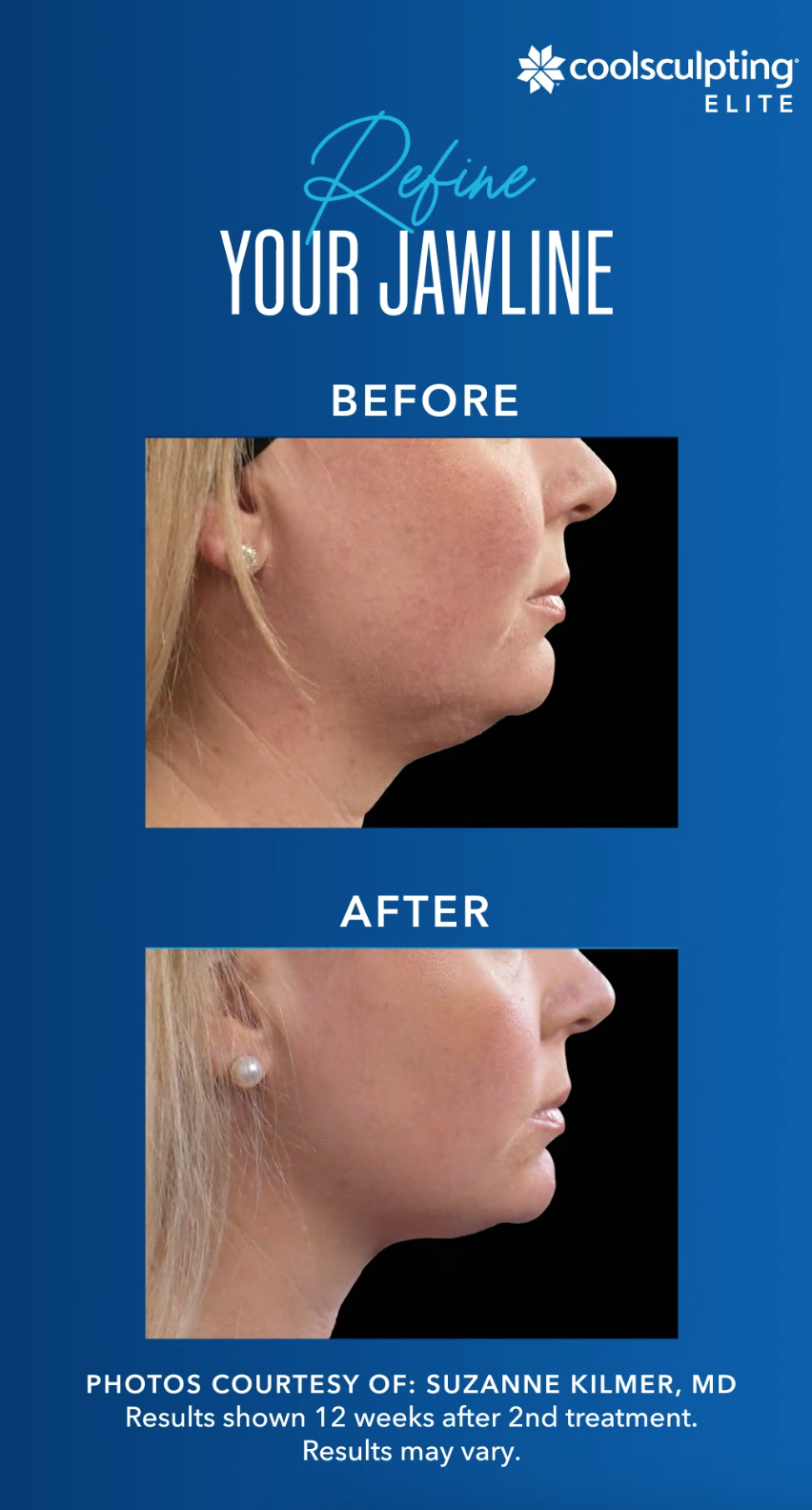
CoolSculpting remains one of the safest and most effective fat removal procedures. It has no reported debilitating effects and none that are even remotely life-threatening. You are not likely to end up with an ugly scar or addiction to medication.
One side effect that may cause concern is PAH, which has a 0.0051% incidence rate and can be easily corrected using laser treatment and liposuction if necessary.
To minimize any of these risks, avoid DIY procedures with store-bought products. Instead, consult a CoolSculpting expert who will assess whether you qualify as a CoolSculpting candidate. The experts will also use FDA-approved and medically sound products and techniques while monitoring your progress for months after treatment.
References
CoolSculpting: How Does CoolSculpting Work?





